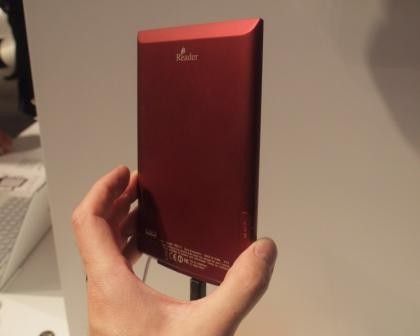Are Fast Chargers Really As Good As Advertised?
Since we are glued to our smartphone screens all the time, it is inevitable that we drain our battery several times in a single day, which will require frequent charging time as well. And because smartphones are essential in both work and play we need them fully functional as soon as possible. So the growing need for a type of charger that provides efficiency is increasing at the same time. Thus, this is where fast chargers come in. Technology companies market them as a charging unit that can charge your smartphone from fully drained to fully charged in as little as under an hour. But are they really as good as advertised and are they safe after all? If you have these concerns in mind, then the short but informative blog I prepared for today will set aside any doubts that you may have and put your mind at ease about the effectiveness of fast chargers. So without any further delays, let's get right into today's discussion…

Are Fast Chargers Really Effective?
The short answer to this question is a resounding yes! Fast chargers especially come in handy for people who are always on the go. For example, imagine if you are in a hurry or traveling and you need to have your smartphone have sufficient power to help you get through the day. A regular fast charger can give you approximately 60% to 80% in just 20 to 30 minutes of charging time while you can have a fully charged battery in just an hour or about 40 minutes. But no matter what the case may be, owning a fast can greatly benefit you in powering up your smart devices like your phone, wireless headphones, Bluetooth speakers, smartwatches, etc.
The mechanism of fast chargers follows the same principle as a regular charging brick. But the only difference is that the amount of energy (ampere) or electricity that is being converted to usable energy and transferred to the smart device is much higher in comparison to a standard charger. For example, the average charging brick has an estimated voltage capability range of 2 volts to a maximum of 4.2 volts. On the other hand, the estimated voltage capability range of a fast charger is about 5 volts to a maximum of 12 volts which is relatively faster than the slow charge of a regular charging adaptor.
Would a Fast Charger Damage My Smartphone or Other Smart Devices?
The answer to this subject matter is yes and no. You have to take note and as mentioned in the previous section, a fast charger utilizes high amounts of voltages that results in the smart device being recharged faster than a typical charging brick. What this means is that the high conversion and transfer of energy from a power source to your smart device increases its temperature which could heat some of the internal components of the unit. But the good news is it does not induce any major damages since updated versions disconnect from a power source once it reaches full charge. But if you are conscious about the heat being produced by the fast charger and you are not that active outdoors, then you can always use the aid of the traditional slow charging unit. In addition, allow me to remind you that the advantages of using a fast charger outweigh its disadvantages, and I am sure your smart device can tolerate some amount of heat considering that it charges the unit for a small amount of time.

Final Thoughts
I hope the short blog I prepared for today has somehow put your mind at ease about the effectiveness and safety of using a fast charger, and why it is more beneficial than using a standard charging brick. Yes, it does emit higher temperature as well since it uses higher voltage than a regular charger. But the good news is that it won't cause any significant damage to your unit since newer releases and updated versions of the Android operating system automatically disconnect the charging process once it reaches full battery capacity. In addition, it is highly recommended that you only use a type c charger that is accredited by the mobile brand you are currently using. It is more expensive but you can be assured of its quality and safety.




Leave a Comment